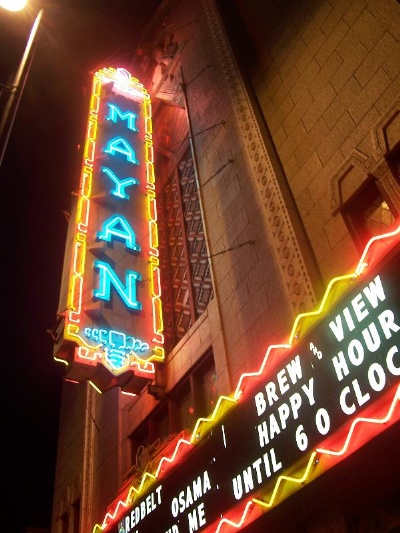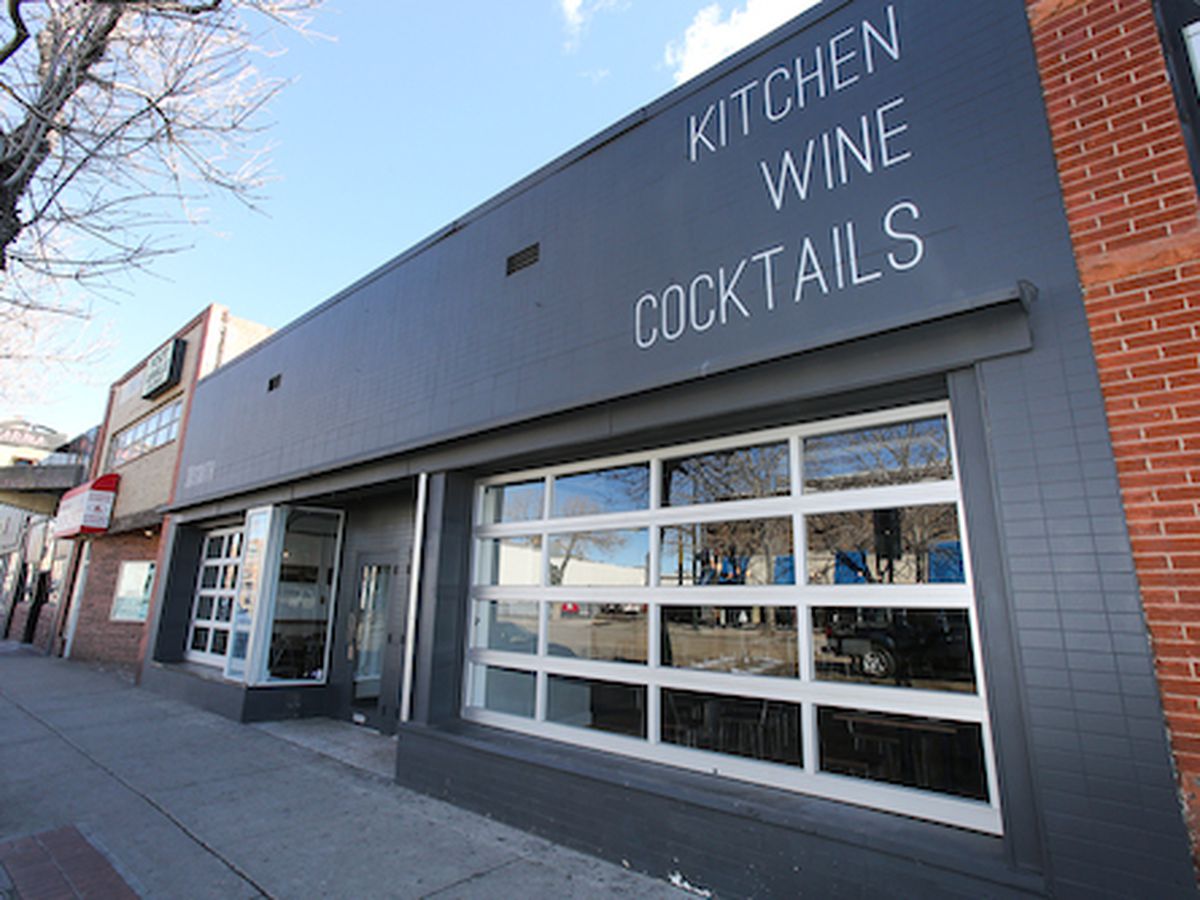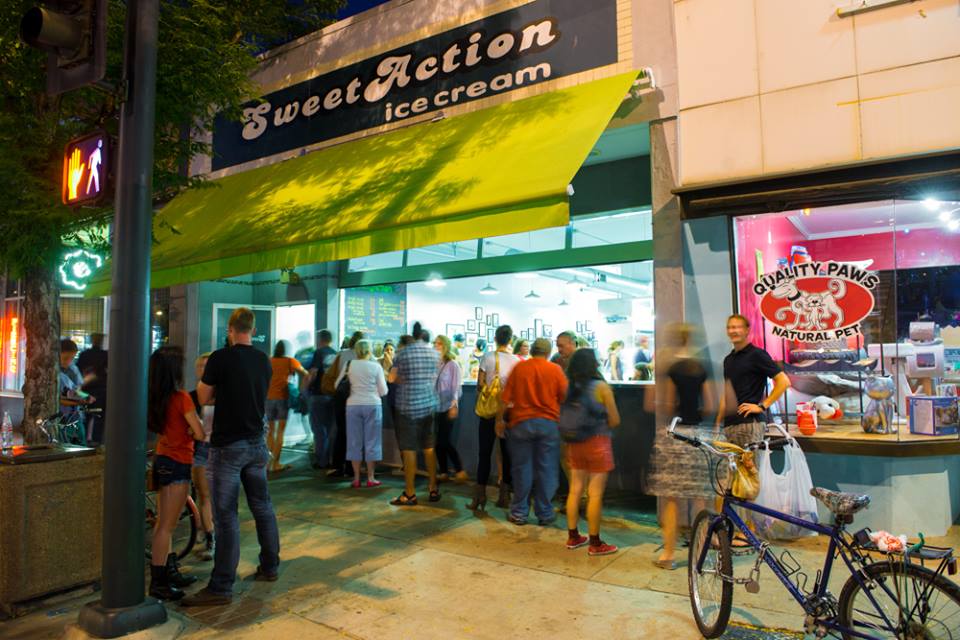To look at it, you would never know that South Broadway started as the path Tom Skerrit used to move his fruit from Englewood to Denver in the 1870s.
By 1874, horse drawn trolleys operating on rails were moving people in Denver. Cable cars were introduced in 1888, lasting only 11 months due to tangling of cables.
In December 1889, the first electrified trolley line was introduced in Denver — which happened to be along South Broadway! Trolley stops were made upon request and included what became the Gates complex. The route extending to Orchard Place, now Englewood, operated until June 3, 1950.
It wasn’t until 1898 that South Broadway was designated an official roadway by the City of Denver. With a right of way width of 100 feet, it was appropriately named Broadway.
Many changes have occurred since then to alter the landscape of one of Denver’s most vibrant transit and transportation hubs. As is the case with bustling thoroughfares throughout the world, South Broadway attracted industry, jobs and residents to the area.
Henry Ford built a plant on South Broadway and Kentucky, which manufactured the Model T Truck.
Today, the area is recognized as one of the largest growth centers in the City, promises an increase in density and population in the coming decades that will contribute to the area’s desirability as a place to live, work, shop and visit.
While Denver’s Baker neighborhood and the surrounding areas have no shortage of unique coffeehouses, vintage shops, and craft stores, there’s another reason to make the trip: the eclectic bars and music venues on South Broadway. Not only do these stages highlight our thriving local music scene, but they attract nationally known acts to intimate spaces. Here’s the lowdown on some of the notable watering holes that night owls and groupies have known about for ages.




